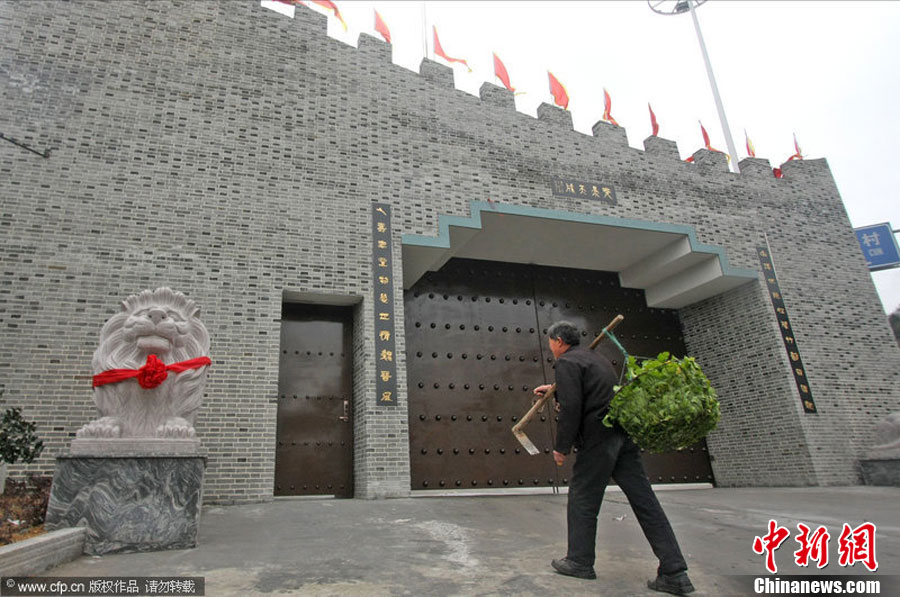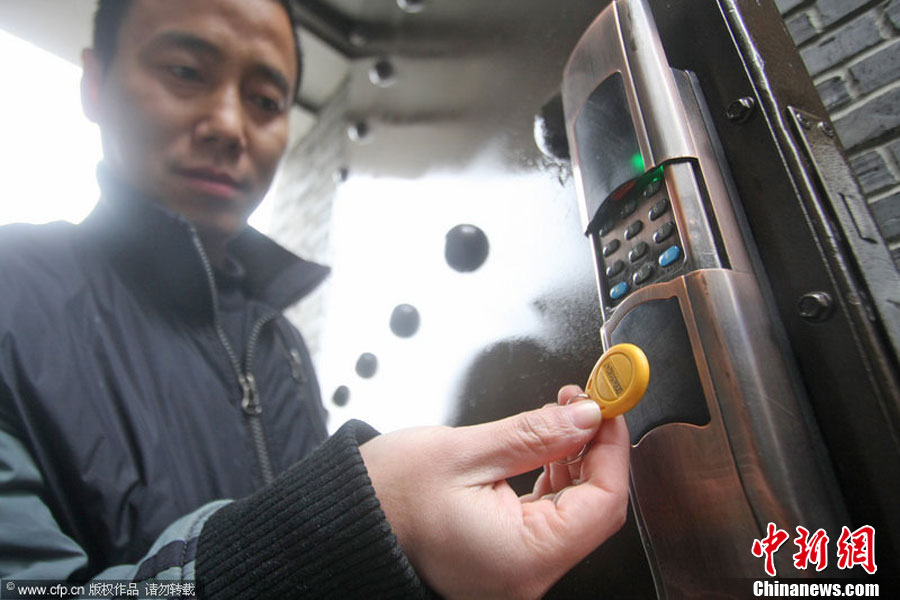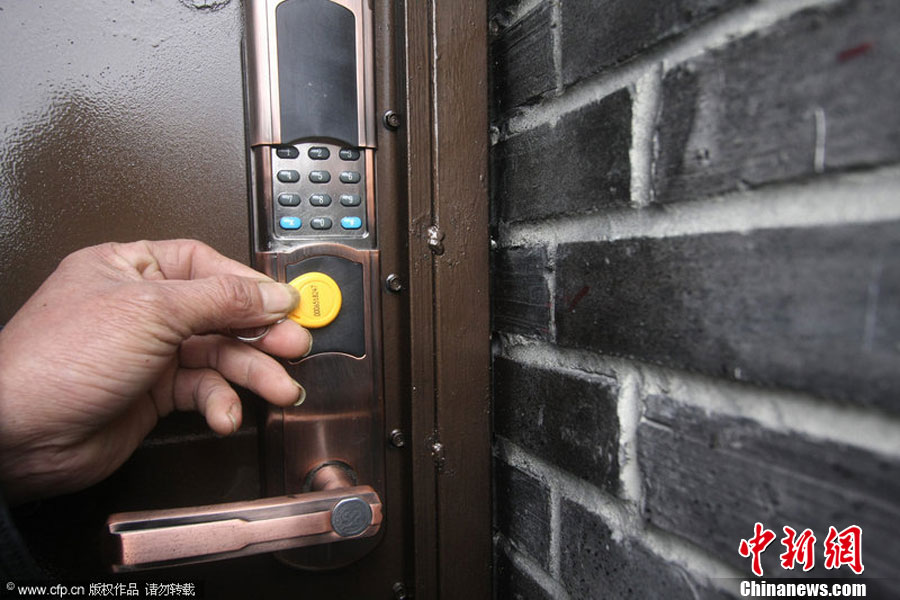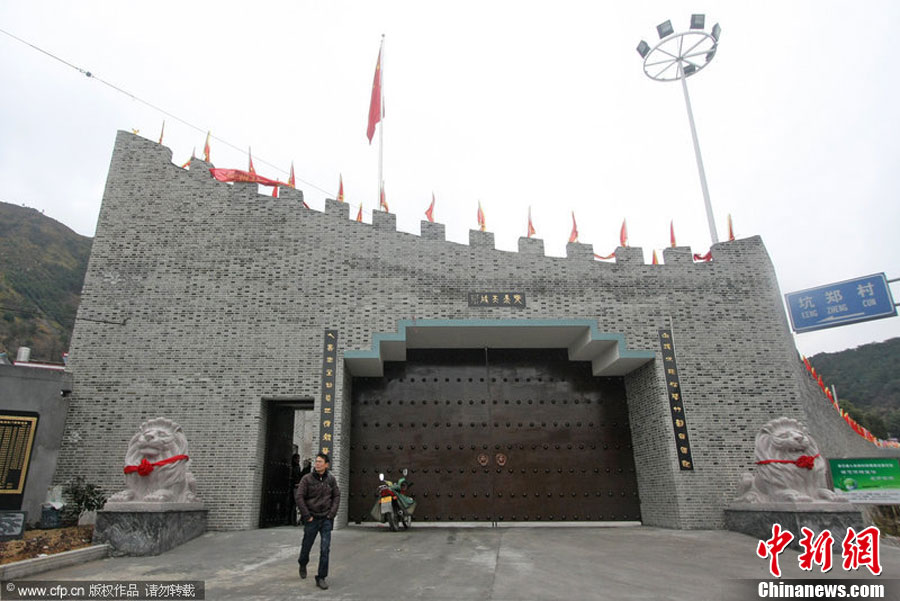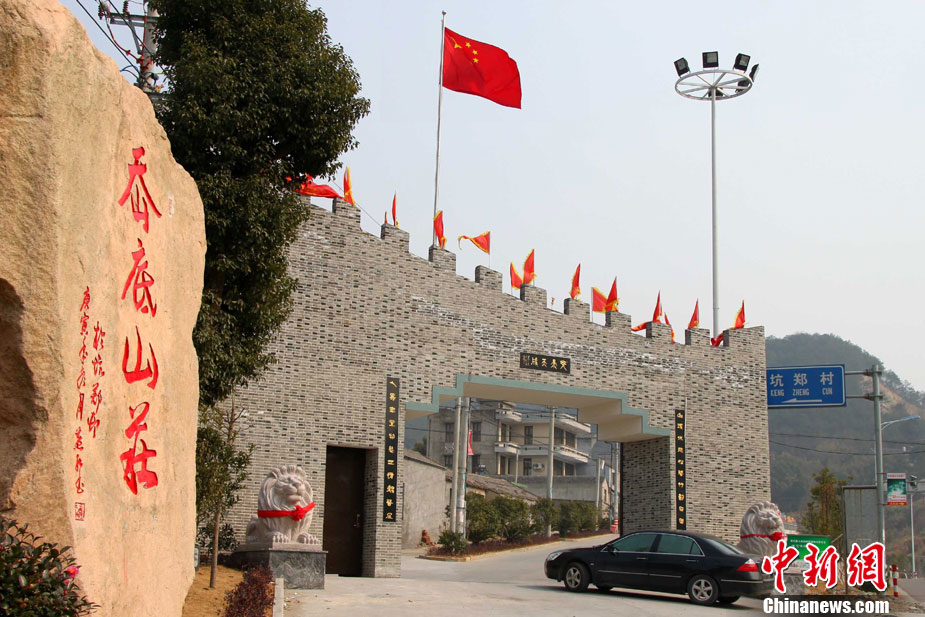
August, 2010 brings the arrival of a new and quite excellent documentary video by Lucius C Kuert focusing on nearly 20 artists currently (or recently) working at 798. The content, which apart from a few shots of 798 grounds, with outdoor installations, tourists milling about them, and a few workers delivering supplies to worksites, etc., is comprised entirely of individual artists talking about their work and about 798. The only exception is David Ben Kay, who rather delightfully introduces his gallery Yuanfen in a number of installments over the course of the piece. In April Project 798 was awarded a Golden Ace from the Las Vegas Film Festival 2010. The project website here, with a finely produced trailer that gives a good sense of the entire hour-long piece.
Yet, it is clearly the cumulative effect of this video that makes it valuable. The multiple voices, in three different languages (with Italian added to the English-Chinese mix) provides a form of automatic resistance to reductive readings of the meaning, importance, relevance of this place. The variety of views and approaches combine to attest, if nothing else, to the richness of China’s contemporary art scene.
Two themes, politics and market, run through the work, in parallel but also intersecting, and often quite ironically (as in the notion that Chinese artists who display images of government oppression are well positioned to be rewarded financially by global art interests). No one bothers to point out the irony that a Chinese Communist Party is managing an artistic community, but I expect that what was left on the video-editing floor contained much commentary on this subject. Even with what does make it into the video, though, we can see the twin (and largely negatively construed) forces of CCP, which, for instance, won’t allow taboo subjects of Tiananmen Square demonstrations, Tibet, Religion, … (and so on) and the market, which forces less marketable artists to relocate to cheaper environs. Of the two, the ambivalence towards the market is more clear, with Chen Wenbo declaring that decorative art has no place in society, and others like Hong Hao, who has made a career out of commenting on the marketization of Chinese art, a bit more nuanced.
The video, in other words, really allows us to look at the forces inherent in Chinese society today, from the point of view of artists, who are highly sensitive both to the strangely parallel winds of shifting political policy and market conditions.
Though it is the variety of voices that I find most compelling, to the extent that artists speak of economic dimensions of their creative experience, the prevailing view of the recent financial crisis is that it is a highly good development for Chinese art. (It might be worth noting that those for whom the financial crisis was more clearly bad are not the type who could afford the rents at 798 and therefore be interviewed for this project.)

Zhang Xiaogang
As to highpoints in these interviews, there are principally two for me, and both come at the end of the piece. The first is to see Zhang Xiaogang, who has the distinction of being not only the most richly compensated Asian artist alive (with “Bloodline #3″ selling for over $6,000,000 in 2008), is also highly articulate and thoughtful, providing a candid and quite compelling description of those strange bars of light that creep across his campuses. The next is the artist who strikingly concludes the work, is He Yunchang, who flatly reports that he’s never been involved in an “important” exhibition. The Project 798 itself is an important exhibition of sorts, and He’s privileged position at the end of the video (the last word!) provides a kind of artistic grit to the overall polished (and by some accounts ‘sanitized’) view of 798. He Yunchang is a performance artist known for encasing himself in concrete, or bleeding himself (literally) into major Chinese rivers and the like. The moment when he claims to not like artistic theatricality 表演性 is both genuine and also knowingly ridiculous for a man whose performances have a decidedly Houdini-esque quality. He Yunchang provides the edge that the video needs to retain its own expositionary value, and perhaps also the continued value of 798 itself.

He Yunchang
Project 798: New Art in New China
2010
Distributed by Microcinema International/Microcinema DVD, 1636 Bush St., Suite #2, SF, CA 94109; 415-447-9750
Produced by Lucius C Kuert
Directed by Lucius C Kuert
DVD, color, 62 min.
